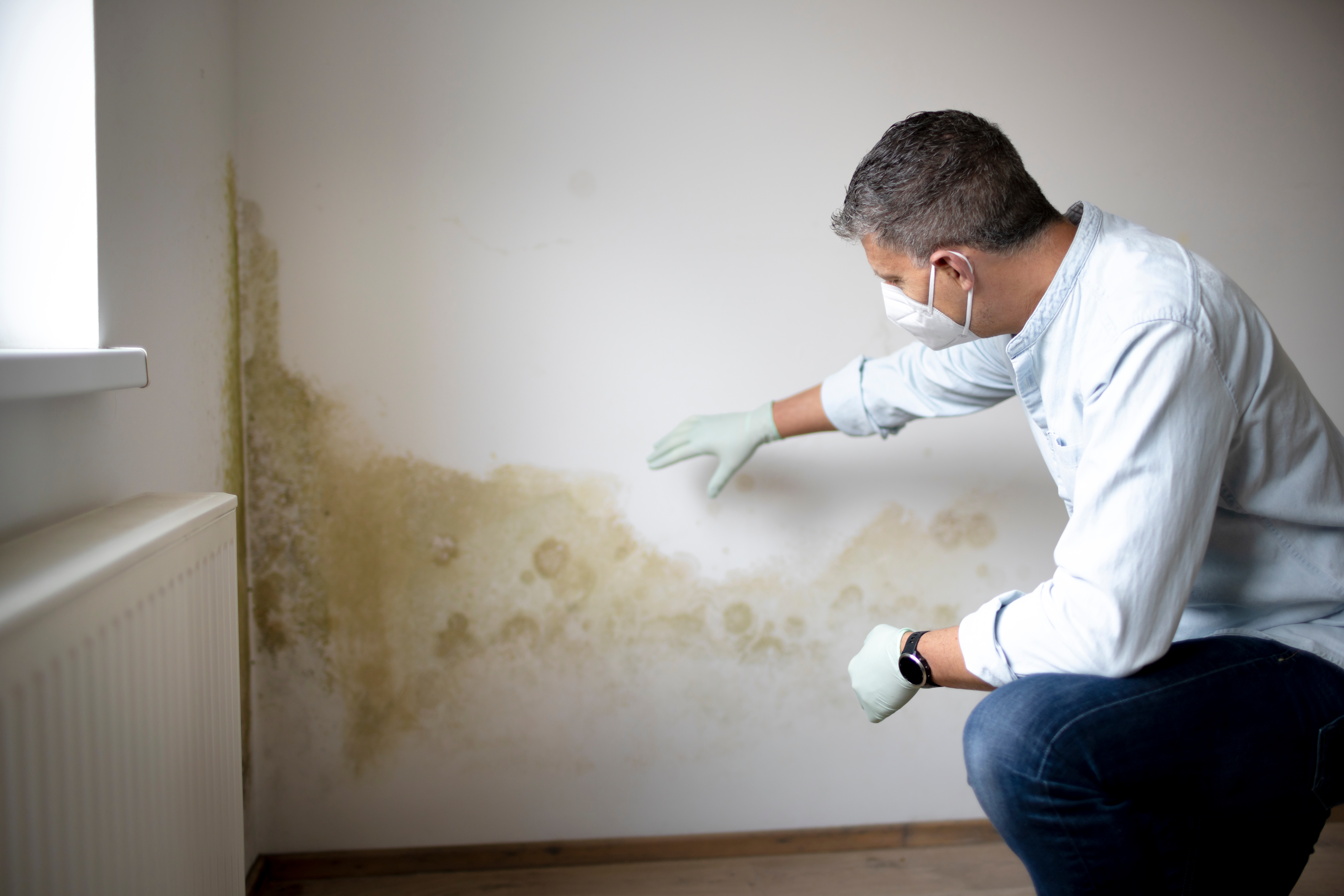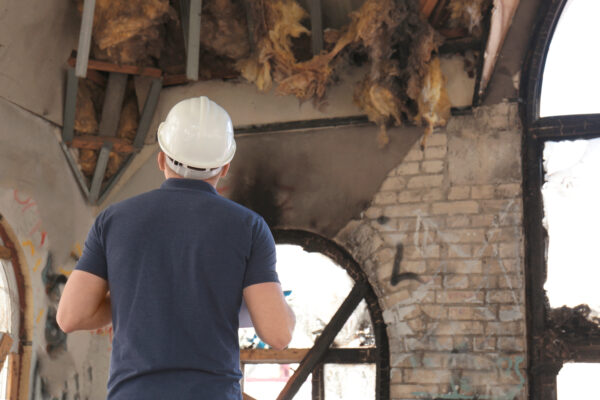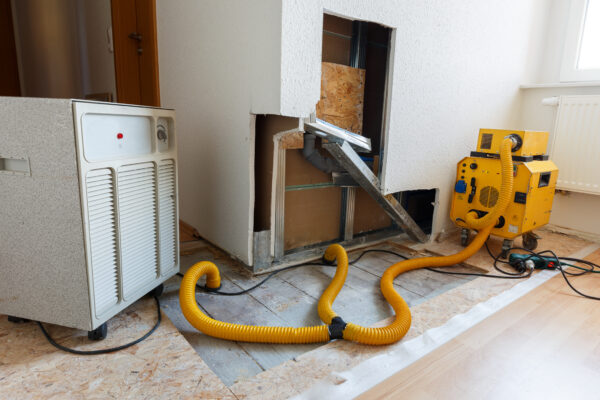Introduction
Experiencing a fire in your home can be a traumatic event, leaving behind not only physical damage but also a lingering smell of smoke. Different types of fires require different approaches to eliminate the odor and prevent secondary damage to surfaces. In this guide, we’ll explore how to rid your home of smoke smell after dry, wet, and protein fires, along with effective cleaning techniques for each type to prevent further harm.
Understanding Different Types of Fires
Before diving into the cleaning methods, it’s crucial to understand the characteristics of each type of fire and how they affect odor and surface damage:
1. Dry Fires
These fires typically involve combustible materials such as wood, paper, or fabric. They produce a dry smoke that can easily penetrate porous surfaces and leave behind a strong, lingering odor.
2. Wet Fires
Wet fires occur when materials like plastics or synthetic materials burn. They produce a thick, greasy smoke that can adhere to surfaces, making it challenging to remove and resulting in a persistent odor.
3. Protein Fires
Protein fires typically involve food items and produce a strong odor that can permeate porous surfaces like walls, ceilings, and furniture. The smoke from protein fires contains microscopic particles that can be difficult to remove without proper cleaning techniques.
Now, let’s explore how to eliminate smoke odor and clean surfaces effectively for each type of fire:
1. Dry Fires:
Dry fires often result in widespread smoke damage due to the fine particles that easily penetrate surfaces. To eliminate smoke odor and prevent secondary damage:
- Start by ventilating the affected area by opening windows and using fans to improve air circulation.
- Use a high-efficiency particulate air (HEPA) vacuum to remove loose soot and ash from surfaces and upholstery.
- Clean walls, ceilings, and other surfaces with a mixture of warm water and mild detergent. Avoid using abrasive cleaners, as they can further damage surfaces.
- For stubborn smoke odor, use odor-neutralizing sprays or air purifiers to eliminate lingering smells.
- Consider hiring professional cleaners for deep cleaning and restoration services, especially for extensive damage.
2. Wet Fires
Wet fires produce thick, greasy smoke that can adhere to surfaces and fabrics, resulting in a stubborn odor. To tackle smoke odor and prevent secondary damage:
- Ventilate the affected area thoroughly to allow fresh air to circulate and aid in odor removal.
- Use a dry cleaning sponge or cloth to gently remove soot and residue from surfaces. Avoid using water-based cleaners, as they can spread the greasy residue.
- Clean hard surfaces with a degreaser or alkaline cleaner to break down the oily residue effectively.
- Wash fabrics and upholstery with specialized cleaners designed to remove smoke odor and residue. Consider professional upholstery cleaning for heavily affected items.
- Place bowls of activated charcoal or baking soda in the room to absorb lingering odors.
3. Protein Fires
Protein fires produce a strong, pungent odor that can be challenging to eliminate. To remove smoke odor and prevent secondary damage:
- Ventilate the area by opening windows and using fans to help dissipate the odor.
- Clean surfaces with a mixture of warm water and vinegar to neutralize the acidic odor left behind by protein fires.
- Use enzyme-based cleaners to break down organic residues and eliminate stubborn odors from surfaces and fabrics.
- Wash fabrics and upholstery with enzyme-based laundry detergents to remove protein residues and smoke odor effectively.
- Consider using ozone generators or thermal fogging to penetrate porous surfaces and neutralize smoke odor molecules.
Conclusion
Dealing with smoke odor after a fire can be a daunting task, but with the right techniques, you can effectively eliminate the smell and prevent secondary damage to surfaces. Whether you’re facing the aftermath of a dry, wet, or protein fire, following these cleaning methods will help restore your home to its pre-fire condition and create a safe and odor-free environment for you and your family. Remember to prioritize safety and consider seeking professional assistance for extensive damage and restoration needs such as Reinstate.


